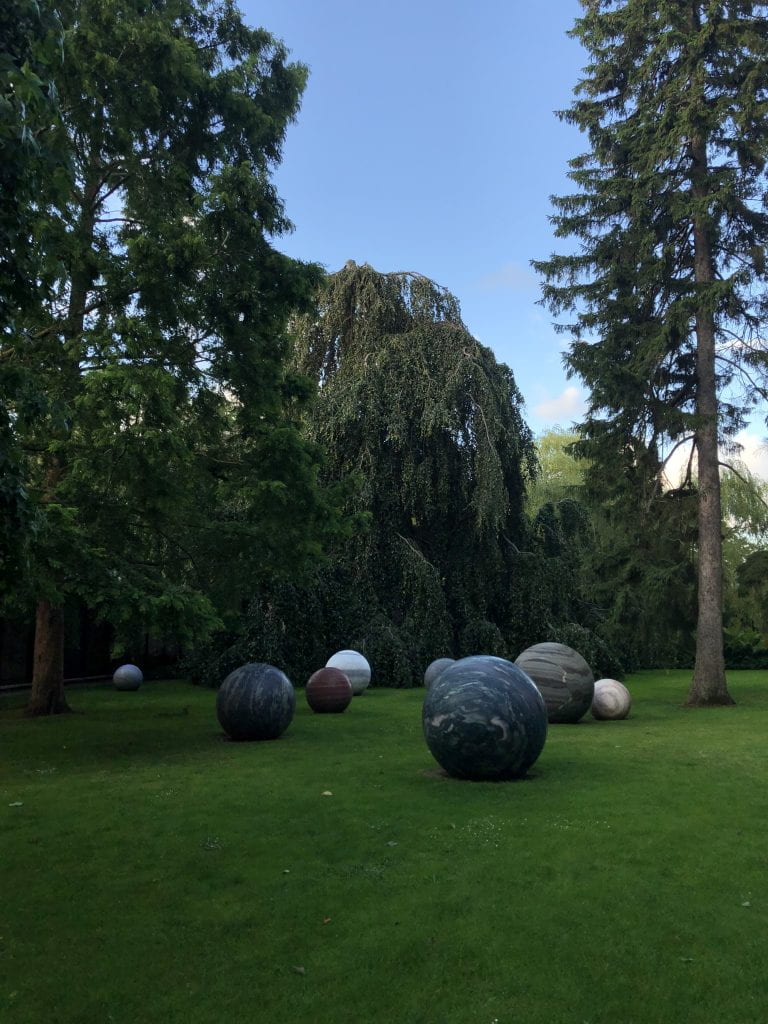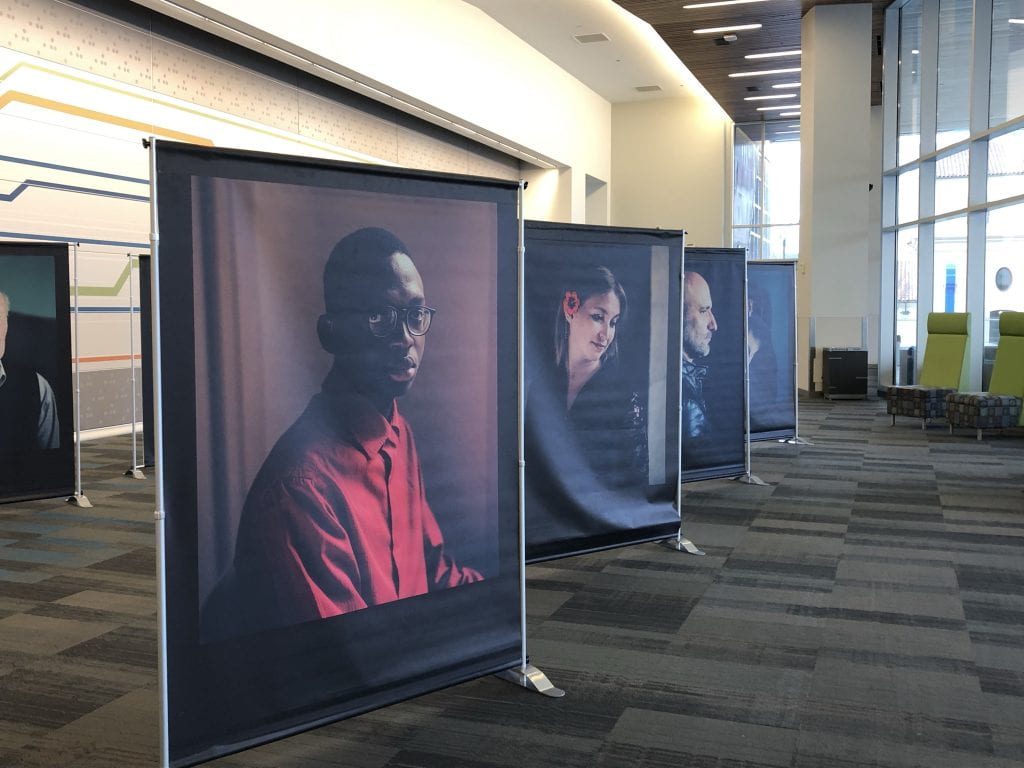Our Research Updates in Archways give a snapshot of the Rice ARCHES Initiative researchers’ current work, research progress, and future directions.
Art & Science at the MOH Conference
This month Dr. Melia Bonomo from the Department of Bioengineering talks about art and science at the Mechanics of Hearing conference.
In July, I attended the 2022 Mechanics of Hearing (MOH) Workshop in Helsingør, Denmark.
The weeklong conference covered a variety of theoretical and experimental research areas under the umbrella of hearing mechanics, including: imaging techniques, computational modeling, physiology from molecules to systems level, otoacoustic emissions, and developments in translational research.
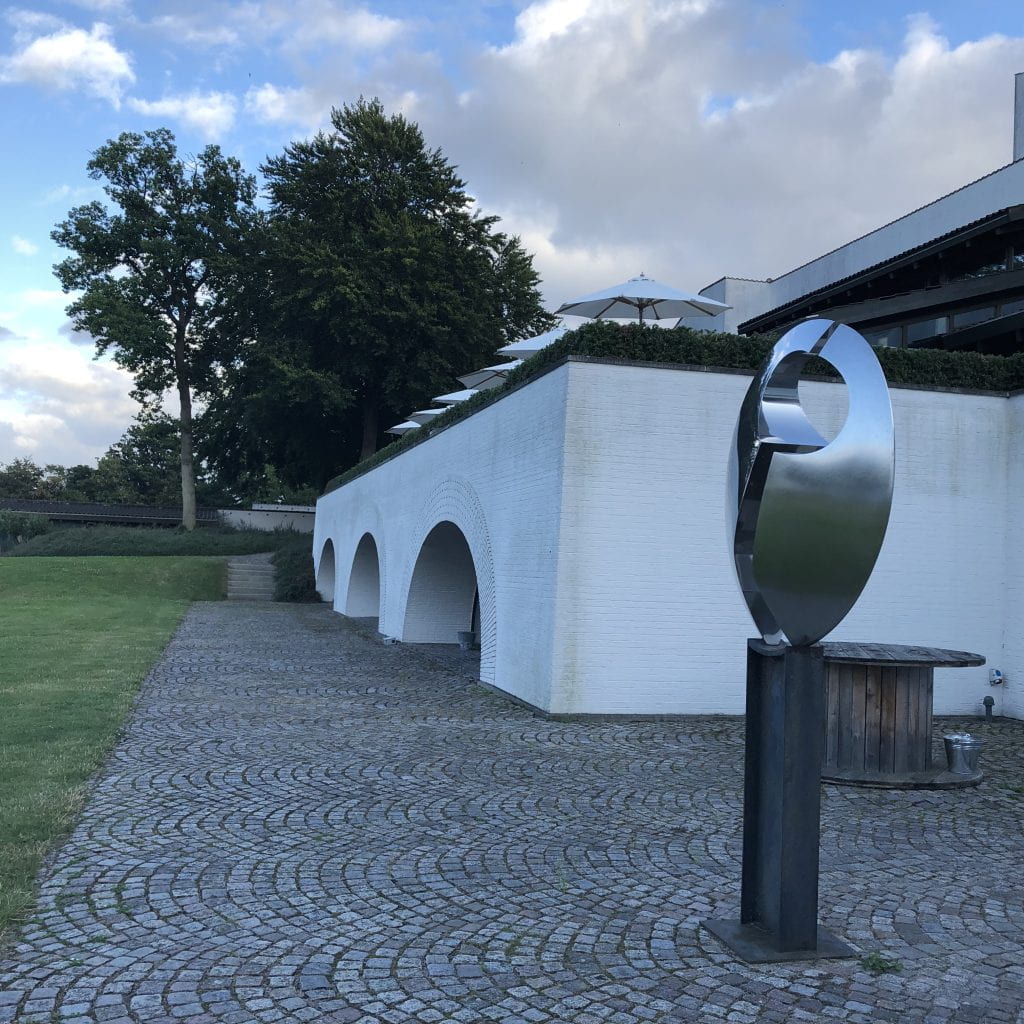
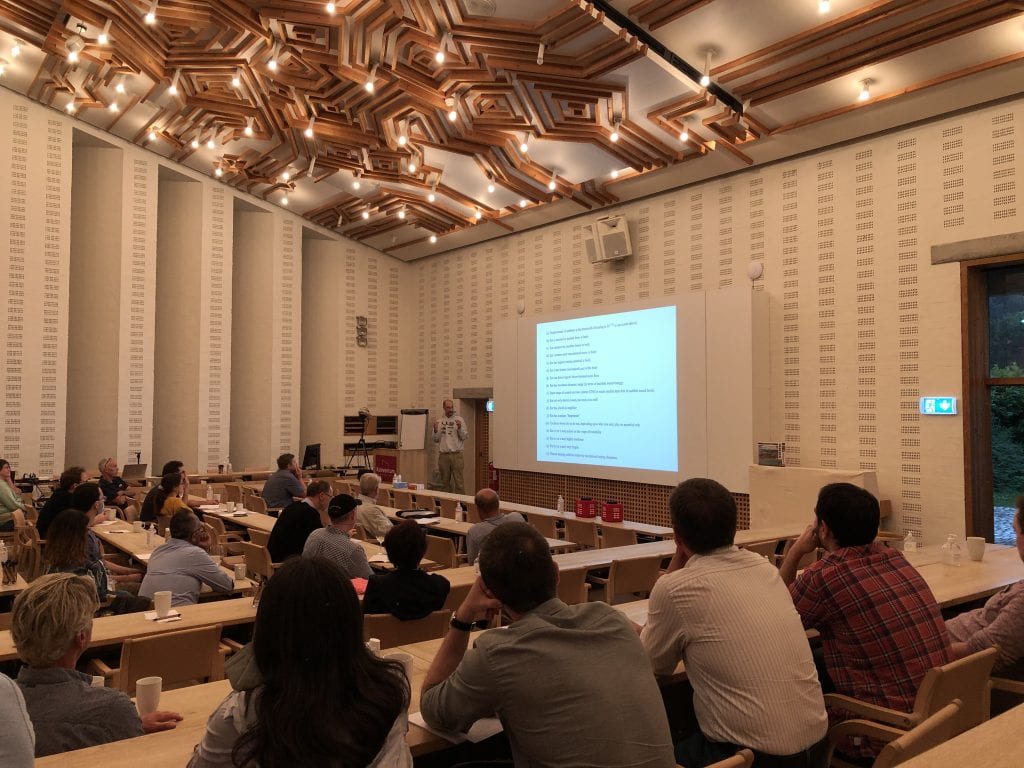
The conference was held at Konventum, which contained several auditoriums, communal eating areas, and hotel rooms in a village-like design that promoted networking and discussion. The venue grounds had beautiful sculpture, woodland trails, and views of Sweden across the water to admire during coffee breaks.
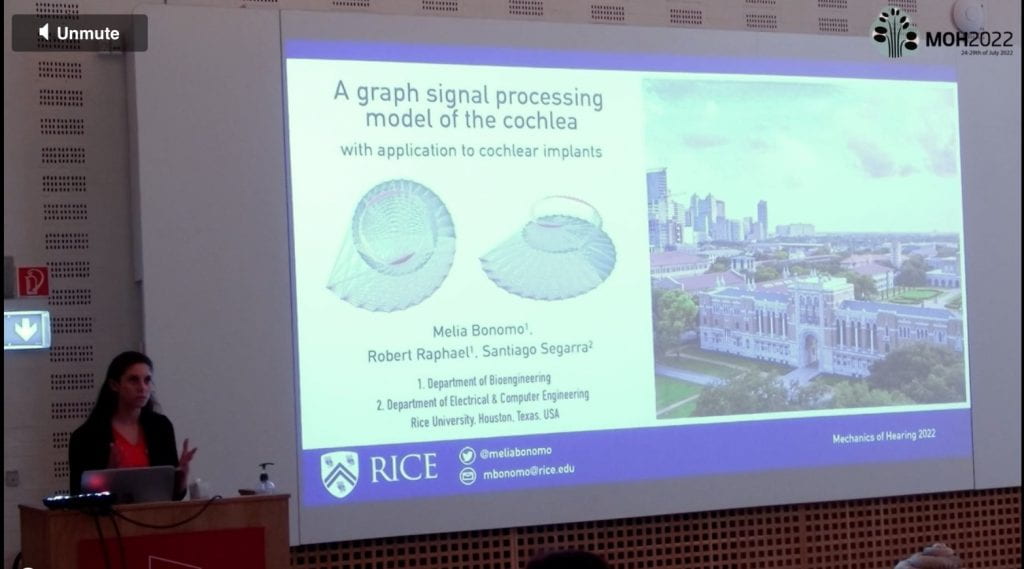
MOH was the perfect setting to present my research and get useful feedback from leading researchers in hearing mechanics. I presented a project I’ve been working on with Dr. Robert Raphael and Dr. Santiago Segarra on a new graph model of sound encoding in the cochlea.
In the middle of the week there was an excursion, which was a fun break from the scientific programming. We visited Kronborg Castle to learn about some Danish history, and we explored the Louisiana, an internationally renowned art museum.
During one evening of the conference, there was a really interesting talk from a Danish sound artist, Jacob Kirkegaard. He records and remixes a variety of natural and manmade sounds for listeners to reflect on, including from radioactivity in Chernobyl, melting Arctic ice, the US southern border wall, agriculture and food production, and waste management. The artwork he presented that was most relevant to our conference was on otoacoustic emissions, which are sounds generated by the ear.
Overall it was a great conference! I’m grateful for a travel scholarship provided by MOH, and supplemental funding from the Gulf Coast Consortia and Rice University grants, that made it possible for me to travel and participate.


